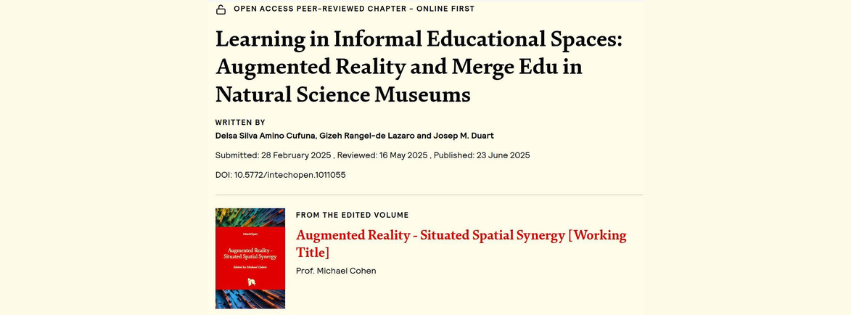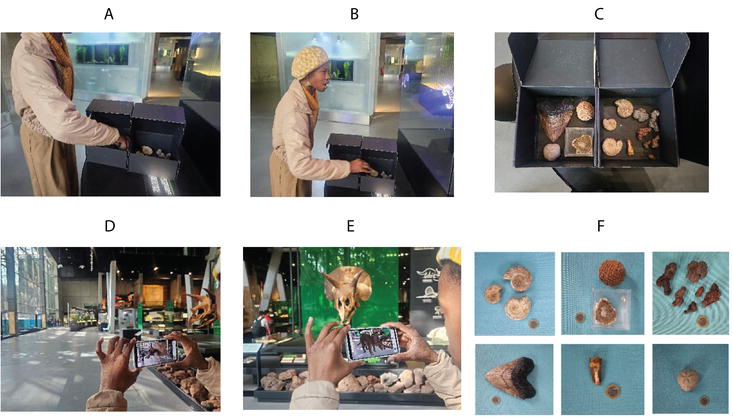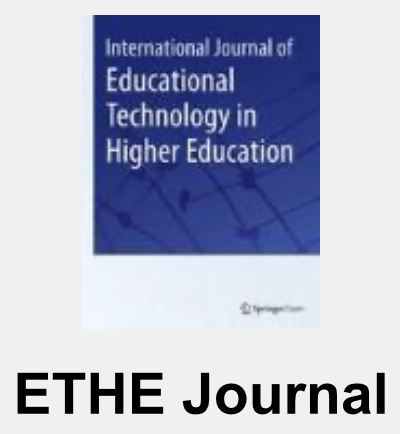New Book Chapter on AR and Merge Edu in Natural Science Museums by Delsa Silva Amino Cufuna, Gizeh Rangel-de Lazaro and Josep M. Duart

A new book chapter has been published on Intech Open titled “Learning in Informal Educational Spaces: Augmented Reality and Merge Edu in Natural Science Museums” from the edited volume “Augmented Reality – Situated Spatial Synergy” by Prof. Michael Cohen (University of Aizu, Japan). The chapter was written by Delsa Silva Amino Cufuna, Gizeh Rangel-de Lazaro and Josep M. Duart (Edul@b Research Group, Universitat Oberta de Catalunya).
This study explores the integration of Augmented Reality (AR) as an innovative tool to enhance visitor engagement and informal science learning in museum environments. It proposes a practical framework for using Merge EDU, a user-friendly AR platform, to support interactive and inquiry-based educational experiences.
As a case study, the chapter focuses on CosmoCaixa in Barcelona, showcasing how AR can bring natural science artefacts to life in 3D, blending digital content with physical exhibits to foster curiosity and deeper understanding.
Below you can find the abstract of the new chapter book “Learning in Informal Educational Spaces: Augmented Reality and Merge Edu in Natural Science Museums”:
Abstract
The integration of augmented reality (AR) into science museums has emerged as a novel approach to enhancing visitor experiences. This chapter presents a framework to use the AR user-friendly Merge Edu application to facilitate interactive, inquiry-based learning in museums as spaces for informal education. For this pilot analysis, CosmoCaixa in Barcelona is proposed as a case study. In this chapter, we discuss the potential of AR to visualise natural science museum artefacts in 3D, highlighting how the merging of digital content and physical exhibits sparks curiosity and inquiry. We propose that AR-powered interactions, such as those enabled by Merge Edu, offer immersive possibilities for small-group experiences, making complex scientific concepts more accessible. Challenges include developing digital infrastructure, training staff, and striking a balance between technology and the museum’s cultural mission. Ultimately, this chapter argues that adopting AR in museums can enhance visitor engagement and democratise the learning of natural science concepts in a tangible, inclusive manner.
How To Cite This Book Chapter
Cufuna, D. S. A., Rangel-de Lazaro, G., & Duart, J. M. (2025). Learning in informal educational spaces: Augmented reality and Merge Edu in natural science museums. In M. Cohen (Ed.), Augmented Reality – Situated Spatial Synergy (Chapter 0). IntechOpen. https://doi.org/10.5772/intechopen.1011055
Figure 4. Storytelling with Fossils and AR at CosmoCaixa Museum of Science. Note. A composite of six moments from the activity: exploring fossils blindly, forming hypotheses, and visualising 3D reconstructions with Merge Edu. Source. Photograph taken by the authors at the CosmoCaixa Museum, Barcelona.





